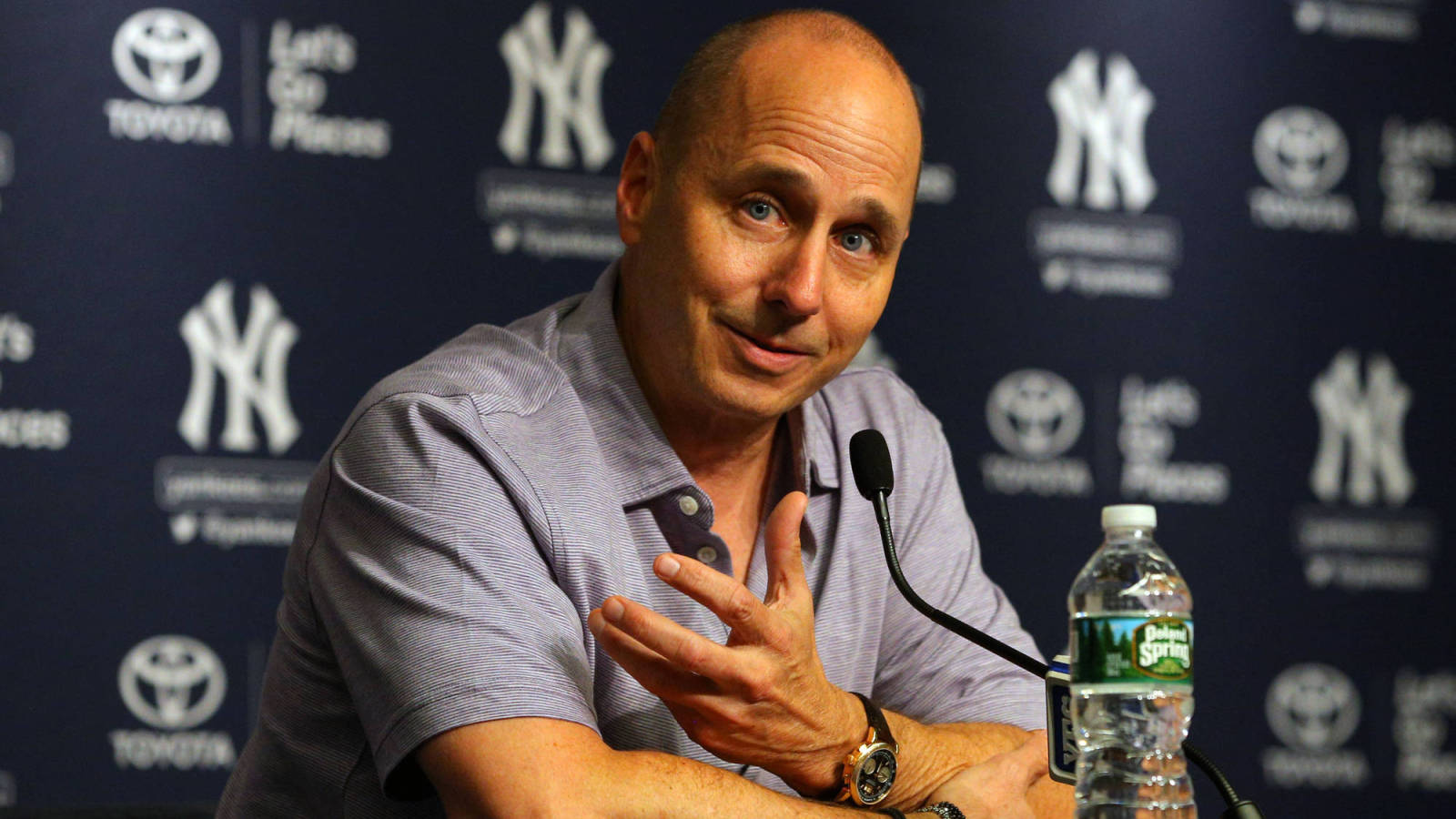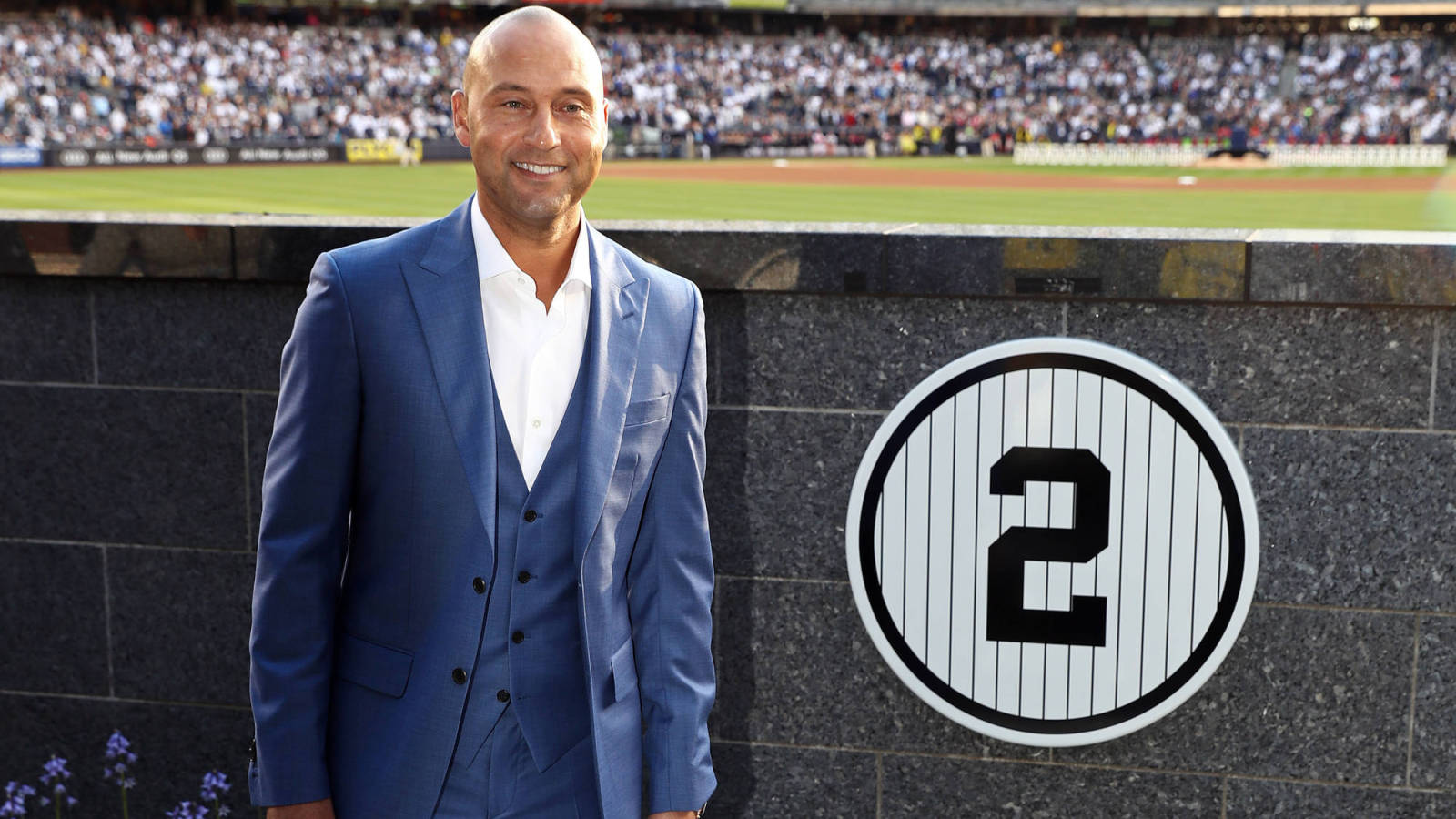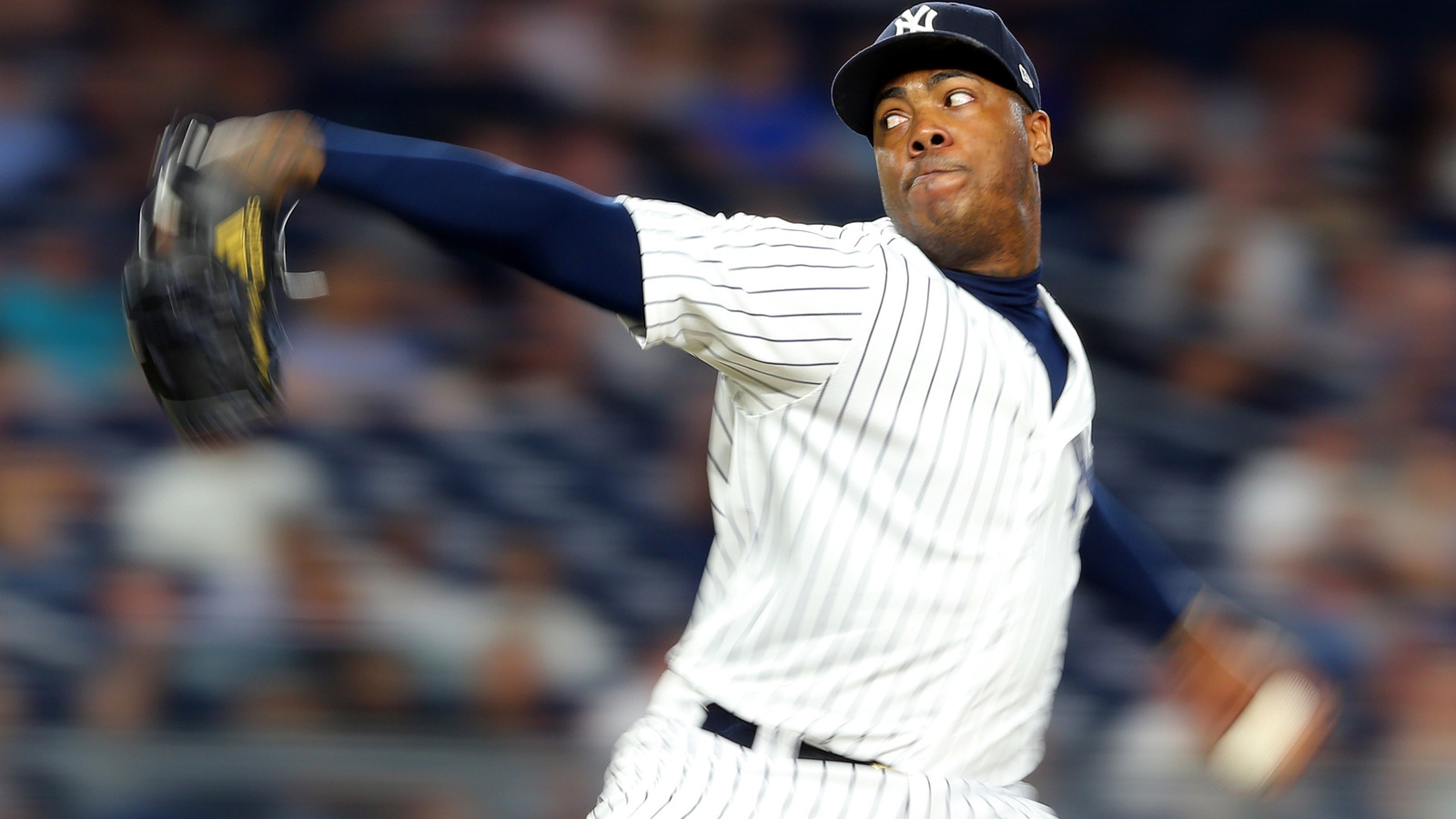
How balancing the books revitalized the Yankees
How did the New York Yankees, of all teams, become the hottest young team rising through the ranks of baseball?
Yet while still capable of making the big splash, they have instead largely turned away from cannonballing into the big-name acquisition pool with the type of reckless abandon that was synonymous with "The Yankee Way" for so long. Instead, they have quietly transformed from being carefree spenders to becoming one of the most strategically and soundly built teams in the game.
Much of the credit for this organizational reversal falls at the feet of the man who turned them into the behemoth of baseball payroll to begin with, general manager Brian Cashman. Cashman has been at the helm of the Yankees for 19 years, the architect of three World Series titles in that time span, doing so mostly with the financial free rein that George Steinbrenner allowed him, valuing adding trophies over the ever increasing price for the club.
But with new rules within the game creating a stronger deterrent against reaching astronomical salary levels, Cashman had to get more strategic in his approach to building a roster. Although recent pacts with Jacoby Ellsbury, Masahiro Tanaka and Aroldis Chapman show that they are far from against ponying up to land atop name on the open market, it is also a far cry from the days of spending $400 million in a single offseason as well, which the club did headed into the 2009 season when they brought Mark Teixeira, CC Sabathia, Nick Swisher and A.J. Burnett into the fold.
With the retirements of Teixeira, Derek Jeter, Alex Rodriguez, Jorge Posada, Mariano Rivera and Andy Pettite, a revitalization was inevitable in the Bronx. However, it also brought in a sense of renewal to the process, as the Yankee roster was stripped of veterans and bloated contracts alike. The high-water mark of their newly found patience in approach was allowing Robinson Cano to leave for Seattle in 2014, a player who would have easily been re-upped just a half decade before based off name value and immediate potential alone.

Instead, the club began a rebuilding process unique to themselves. Now this is not to say that the current Yankees are some sort of coupon-rate ball club. Checking in just north of $200 million on opening day 2017, their payroll has only been surpassed by that of the Los Angeles Dodgers since 2014. Yet steadily, it has declined over the past four years, down $15 million from where it stood four years ago and a far cry from the 'peak Yankees' pulling ahead of the pack spending in the mid-2000s, when their payroll was $84 million greater than the next closest team, the $121 million Boston Red Sox.
While still not shy to spend in free agency, they are no longer the automatic starting point for any and every big name. A minor league system that was often stripped down and devoid of early round draft picks due to big trades and open market spending can replenish itself again, and the Yankees began to supply the players teams paid handsomely for, jump starting their minor league ranks in the same fashion many teams relied on them for in the past. And in the process, they struggled in the standings, failing to make the postseason in three of the last four seasons, topping out as losers in the AL Wild Card Game in 2015. Expectations will never be absent for the team, but coming into 2017, they had been largely held back in resignation of the Yankees being a younger, rebuilding team.
It was a decline by design; an effort to get away from the front-loaded rewards of paying high prices for declining assets that would soon hamstring the team’s flexibility with a hoard of unmovable assets and contracts that only they could afford. Cashman had put his foot down on these type of tactics, and with the increasingly financially conservative Hal Steinbrenner now overseeing things, it was met with little resistance within the executive wing of Yankee Stadium. Baseball’s most carefree and extravagant spenders were cashing out.... sort of.

Yes, in the last four years they have given Ellsbury $153 million over seven years. And yes, they also gave Andrew Miller the largest non-closer relief contract ever at the time, in the form of a $36 million deal. And sure, Aroldis Chapman subsequently rewrote the book on reliever contracts over the winter, when he landed $86 million over five years to return to the Bronx after a two-month hiatus to win a title with the Cubs. The Yankees are going to spend, because it is what the Yankees do. But they have also gone to great lengths to not only build from within, but to prioritize doing so. Aaron Judge, the breakout star of the summer, is a homegrown product. As is catcher Gary Sanchez, who nearly stole the AL Rookie of the Year award last year, despite only play two full months. Likewise, All-Stars in Luis Severino and Dellin Betances and 2016 Gold Glove winner Brett Gardner were harvested from within the system, and allowed to mature into key components of the club.
But the secret to the success that Cashman has authored with his new found ability to operate with some semblance of patience has been the ability to trade for youth and potential. In the last two years, Cashman has rebuilt the Yankee roster with a cache of castoff former top prospects from other organizations. Didi Gregorius, Starlin Castro, Aaron Hicks and Michael Pineda were all bought low, but have played invaluable roles in charging forward the rapid rebuilding of Yankee hopes. Beyond simply what was done to immediately upgrade the Major League roster, the acquisitions of top prospects Gleyber Torres and Clint Frazier, to continue to propel their system to heights it has rarely seen in the last few decades. And both were acquired as a part of trade deadline deals with two teams desperate to cash in for their respective pennant races, the eventual World Series pairing of the Cleveland Indians, who dealt Frazier in exchange for Andrew Miller, and the Chicago Cubs, who included Torres as a part of a package for Chapman.

Fast forward a year, and it was the Yankees making immediate additions in hopes of finding pay dirt in October, both imminent and to come. A late-season surge in 2015 provided a preview of a potential the team has delivered on in full this year, rising towards the top of the American League East with an unexpected urgency and undeniable staying power. After years of being content to sit on the side and allow the blockbuster deadline deals to flow away from their ranks, as opposed to towards them, the Yankees were more active than any other club during the heated days of July. By first acquiring David Robertson, Todd Frazier, Tommy Kahnle and Jaime Garcia, they fortified their troops, and with pulling the trigger and adding Sonny Gray to their bullpen, they put the league on notice that they are all in for this year and beyond.
The deal to bring Gray aboard is a move of both Yankee past and also its present. While Gray was acquired at the expense of three of top prospects Cashman has held so dearly over the past few years, he also comes with an additional two years of club control as well, assuring that they will get more than a singular pennant chase with the talented young righty on the hill. It was a prospect sacrifice made possible by past investments into their minor league ranks, but also by the aggressiveness that returning to the pennant chase can bring. Again, adhering to the old tactics, but doing so under new conditions.
Yet for all of this urgency of late, this year may very well still not be the year. Even after the excitement of the rise of Judge and the move to land Gray subsides, they could be very well still headed home before the World Series takes flight. The Yankees have become the latest in a line of talented young teams to breakthrough from the middle class of the game and show promise of reaching the upper rungs. Perhaps it will be in the way that 2015 Chicago Cubs showed their potential, but ultimately had to experience losing before learning to win in 2016. If worse came to worse, maybe it could even go to waste in full, in the way that the stars dimmed for the Houston Astros a year ago, after looking to be a young team that was irresistibly on the upswing (at the Yankees' expense) the year prior. September and October are an oft-unpredictable time, but it cannot be said that the Yankees did what it took to fortify themselves for this year’s fight that lies ahead.
The Yankees have become the 12th youngest team in baseball, with only five everyday players over the age of 30 and one over 35, Matt Holliday. Until Jaime Garcia and David Robertson were brought aboard, CC Sabathia stood alone as the club’s sole 30-year-old hurler. The many of their most critical components are promising talents, whom are reaching previously uncharted territory in their careers. A crossroads is nearing, but trusting the process – both old and new – has baseball’s most accomplished club with the chance of launching a brand new era of prosperity in a league that is ripe for reinvention.
More must-reads:
- Red Sox exec compares Yankees to Warriors after trade deadline
- Alex Rodriguez was ‘close to tapping out’ during 2014 suspension
- The 'New York Yankees team captains' quiz
Breaking News
Trending News
Customize Your Newsletter
 +
+
Get the latest news and rumors, customized to your favorite sports and teams. Emailed daily. Always free!








